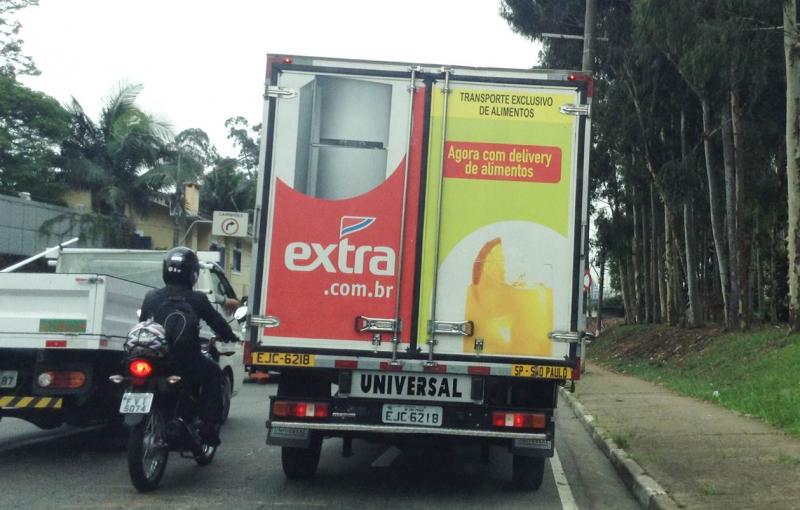Five Key Online Retail Trends In Latin America
Today, we published our new online retail forecast for Latin America, covering Brazil, Argentina, and Mexico (clients can read the report here). Driven by online retail revenues in Brazil, where the market is forecast to reach $35 billion by 2018, the region’s eCommerce markets will continue to surge. We see the following trends in Latin America:
- eCommerce will continue its upward path despite slowed economic growth in the region. There has been significant coverage of the slowing economies in markets like Mexico and Brazil. However, as we saw in markets like the US and the UK during the recent global recession, eCommerce remains a bright spot even during challenging economic times. We expect to see online sales continue to increase at a rapid pace across Latin America, even though many countries are no longer seeing the high economic growth rates of recent years.
- The demographics of the online shopper vary by country. In every country around the world, the first wave of online shoppers tends to be relatively affluent. Equipped with credit cards and high-speed Internet connections, these consumers embrace eCommerce before the rest of the population. In Latin America, this skew toward the upper-middle class continues to hold true in some countries, especially early-stage markets like Mexico. By contrast, in Brazil — and increasingly in Argentina — the online buyer today is much more likely to be in the middle- or low-income bracket. While alternative payment options like cash on delivery can help broaden the attraction of eCommerce to those across the region without credit cards or even bank accounts, it takes time before online shopping attracts consumers of all income levels.
- Online shoppers are starting to buy across multiple categories. As we’ve documented, consumers’ first physical purchases tend to be readily comparable goods, such as books and media, consumer electronics, or computer hardware — products that are identical (or nearly identical) regardless of the retailer selected. With time, however, consumers start to buy across a much wider variety of categories online. In Latin America, we’re starting to see categories like apparel begin to migrate online and form a greater percentage of total online retail sales.

Other late-stage categories like grocery are just starting to shift online in Brazil
- Consumers in Latin America are highly engaged with brands through social media. It’s well established that consumers across Latin America are active users of social media. Yet what’s potentially more powerful than the reported number of Facebook users or the amount of time consumers spend on social networks is the way that consumers in the region engage with brands through social media. In our global Consumer Technographics® surveys, we asked consumers to what degree they agreed with the statement, “Social media websites and online social tools are a great way to communicate with brands/companies.” In the US, less than one-third of online consumers agreed; in metropolitan Brazil, that figure was more than 60%. Online consumers in metropolitan Mexico and Argentina were not far behind.
- Consumers in smaller cities are driving eCommerce growth. Finally, another trend that we’ve documented in other parts of the world also holds true in Latin America: Consumers outside the big cities are increasingly driving growth for many online retailers. The more limited number of brands available through local retail stores in smaller cities and rural areas means that consumers turn to the online channel for a broader product selection. In Brazil, for example, a number of online retailers are expanding their warehouse facilities outside the wealthy, urbanized Southeast region to serve these customers.